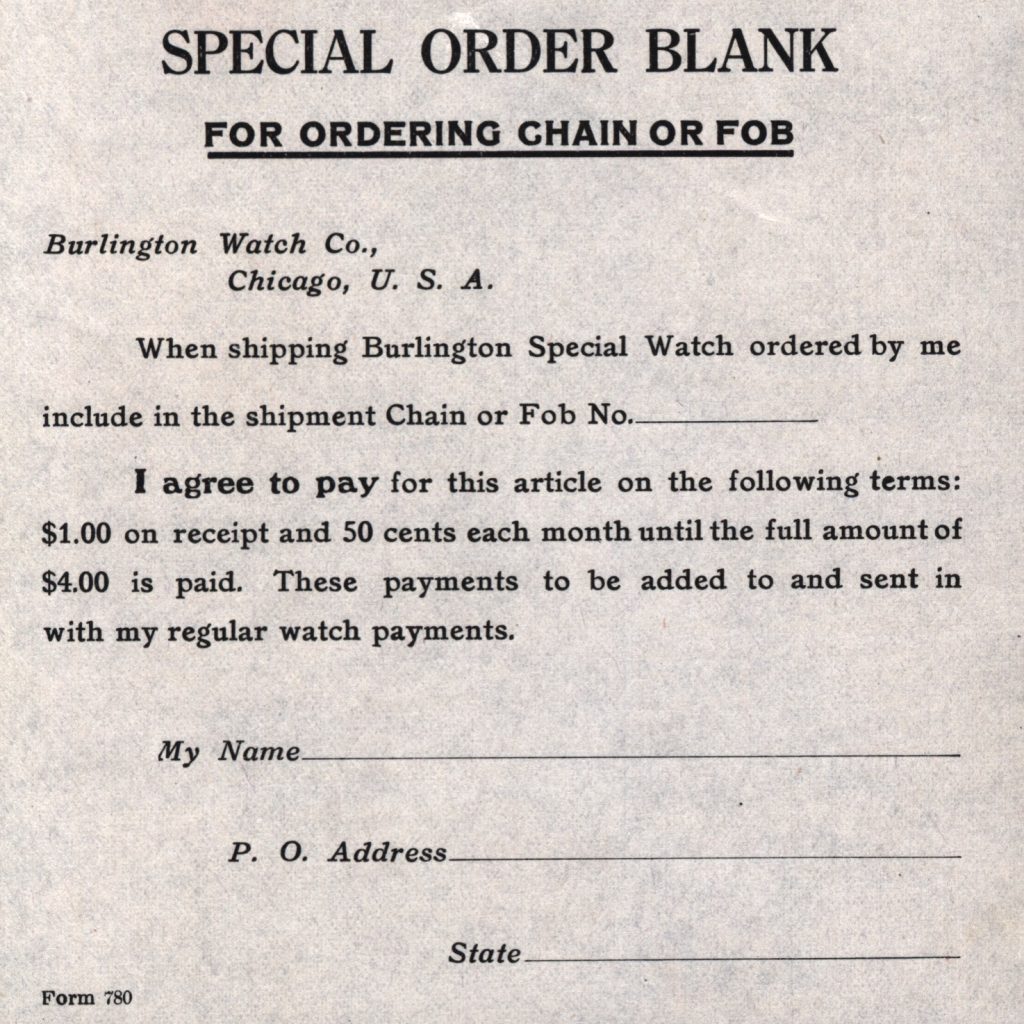American Innovation: The Industry Adopts Fogg’s Patent Safety Pinion (Part 6)

The safety pinion was one of the most pivotal inventions to impact the America watch industry. The ability to protect the delicate watch parts from being damaged when a mainspring broke was critical to watch companies eager to offer better and more expensive watch movements on the market.
Merritt Burt was the first to secure a patent for the safety pinion concept – a design that was implemented in movements from the National Watch Company from market introduction in 1867.
Between 1864 and 1881, nearly a dozen safety pinion designs were patented with varying levels of realization in production. However, the simplicity and elegance of the safety pinion design patented by Charles W. Fogg in 1865 eventually became the standard for the entire industry. While other safety pinion designs involved multiple parts and, thus, were more expensive to produce, Fogg’s design simply consisted of a threaded nut tightened on a threaded staff.
Fogg’s patented safety pinion design entered the public domain in 1882. Like many other American watch companies, Elgin eventually adopted Fogg’s design and transitioned away from Moseley’s patented safety pinion.
The following images exhibit the safety pinion used in Elgin watches after this transition. The threaded nut and canter wheel staff are consistent with the design originally patented by Fogg in 1865.




Because of its success throughout the industry, Charles W. Fogg is typically credited with inventing the safety pinion. While Merritt Burt received a patent before Fogg for the general safety pinion concept, Fogg’s design was the first to be used in production and eventually won favor as the standard design for the entire industry.




1 Comments